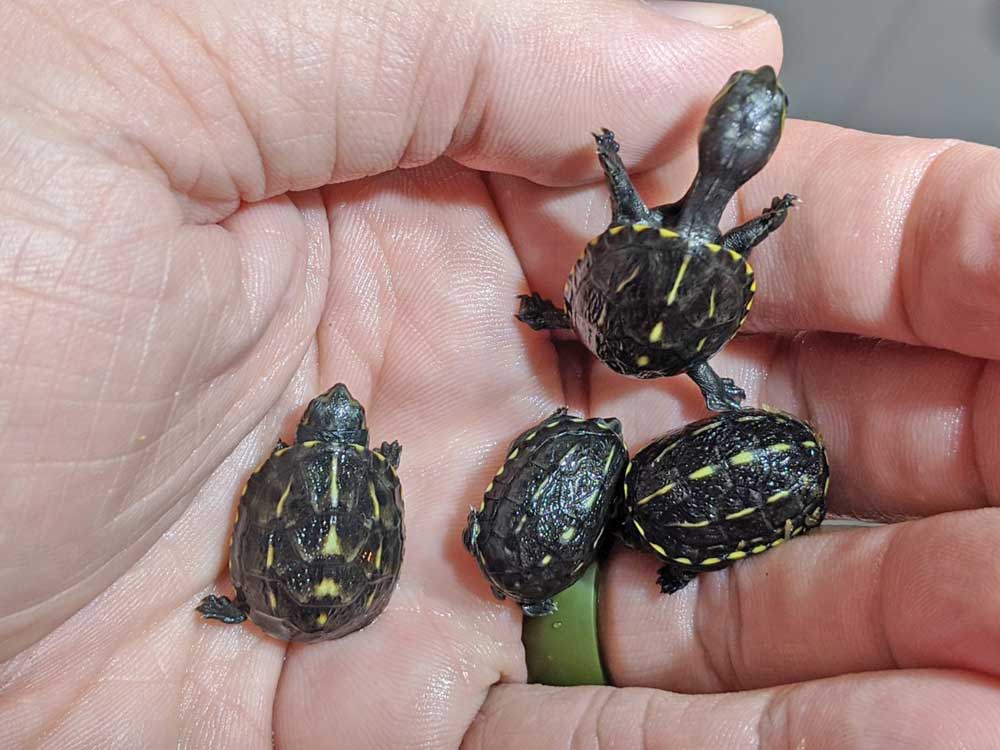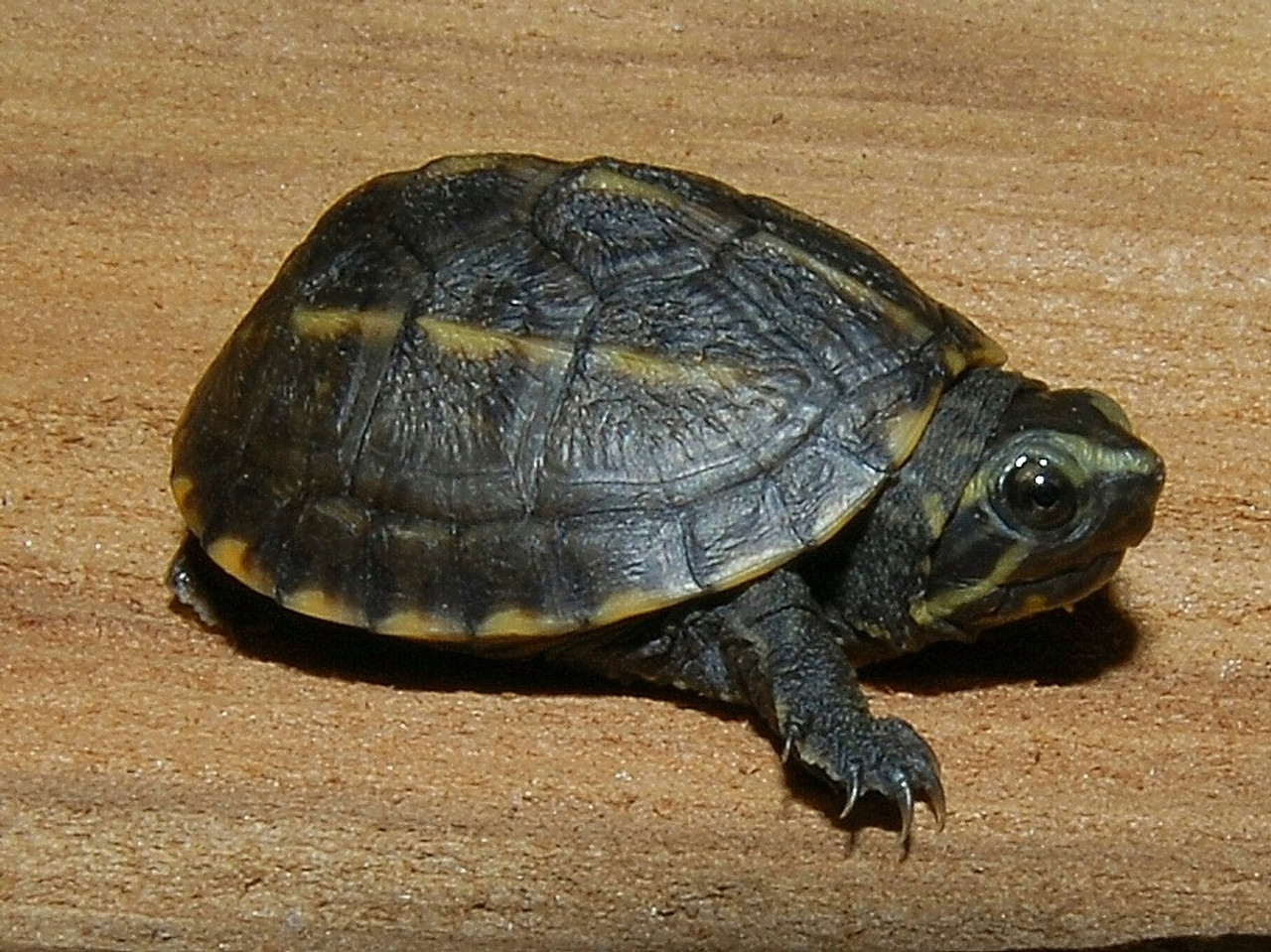If you’re a fan of turtles and are considering adding a Three Striped Mud Turtle (Kinosternon baurii) to your collection or simply want to learn more about these fascinating creatures, one of the questions that may be on your mind is how big they can get. In this article, we will explore the growth and size potential of Three Striped Mud Turtles.

Credit: reptilesmagazine.com
Growth Rate and Size
Three Striped Mud Turtles are a relatively small species of turtle, making them a popular choice for turtle enthusiasts. On average, they typically grow to be around 3-4 inches in length as adults. However, it’s important to note that the growth rate and final size of these turtles can vary depending on several factors such as genetics, diet, and environmental conditions.
When they are born, Three Striped Mud Turtles are incredibly tiny, usually measuring around 1 inch in length. As they mature and reach adulthood, they go through a growth spurt and gradually reach their maximum size. This growth process can take several years, with some individuals reaching their full adult size sooner than others.
Factors Affecting Growth
As mentioned earlier, several factors can influence the growth rate and size potential of Three Striped Mud Turtles:
1. Genetics:
Just like with any living creature, genetics play a significant role in determining how big a Three Striped Mud Turtle will get. Some individuals may have genes that predispose them to grow larger or smaller compared to others.
2. Diet:
A healthy and balanced diet is essential for the proper growth and development of Three Striped Mud Turtles. These turtles are omnivores and have a varied diet, including both animal-based and plant-based foods. Offering a diverse diet that includes high-quality pellets, insects, worms, fish, and vegetation will help ensure they receive the necessary nutrients for growth.
3. Environmental Conditions:
The environment in which a Three Striped Mud Turtle is kept can also impact its growth rate. Factors such as temperature, lighting, and adequate swimming space can influence their overall health and development. Providing a suitable and well-maintained habitat that mimics their natural environment is crucial for their growth and well-being.

Credit: www.youtube.com
Caring for Growing Three Striped Mud Turtles
As your Three Striped Mud Turtle grows, it’s important to provide them with the proper care to support their development. Here are some key considerations:
1. Tank Size:
As they grow, Three Striped Mud Turtles will require a larger tank or enclosure to accommodate their increasing size. Make sure to provide a spacious environment with enough room for swimming and basking.
2. Water Quality:
Clean and properly filtered water is crucial for the overall health of your Three Striped Mud Turtle. Regular water changes and monitoring water parameters such as pH and ammonia levels are essential.
3. Balanced Diet:
Ensure that your turtle’s diet remains varied and well-balanced as they grow. Consult with a reptile veterinarian or a knowledgeable professional to determine the appropriate feeding schedule and portion sizes for your turtle’s specific needs.
4. Environmental Enrichment:
Provide plenty of hiding spots, basking areas, and objects for exploration and stimulation. Creating a comfortable and enriching environment will contribute to the well-being and overall growth of your Three Striped Mud Turtle.
Conclusion
Three Striped Mud Turtles are relatively small turtles that typically grow to be around 3-4 inches in length as adults. However, individual growth rates and final sizes can vary. To ensure the healthy growth of your turtle, focus on providing a suitable habitat, a balanced diet, and proper care throughout their lifespan. Remember, each turtle is unique, and monitoring their growth and development can be an exciting and rewarding experience.





Leave a Reply